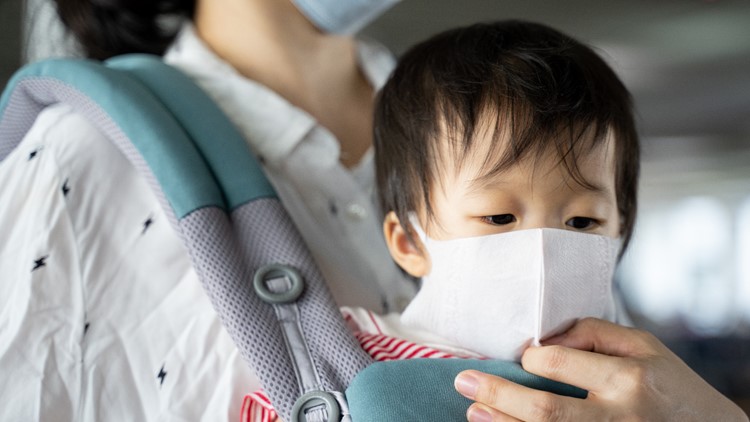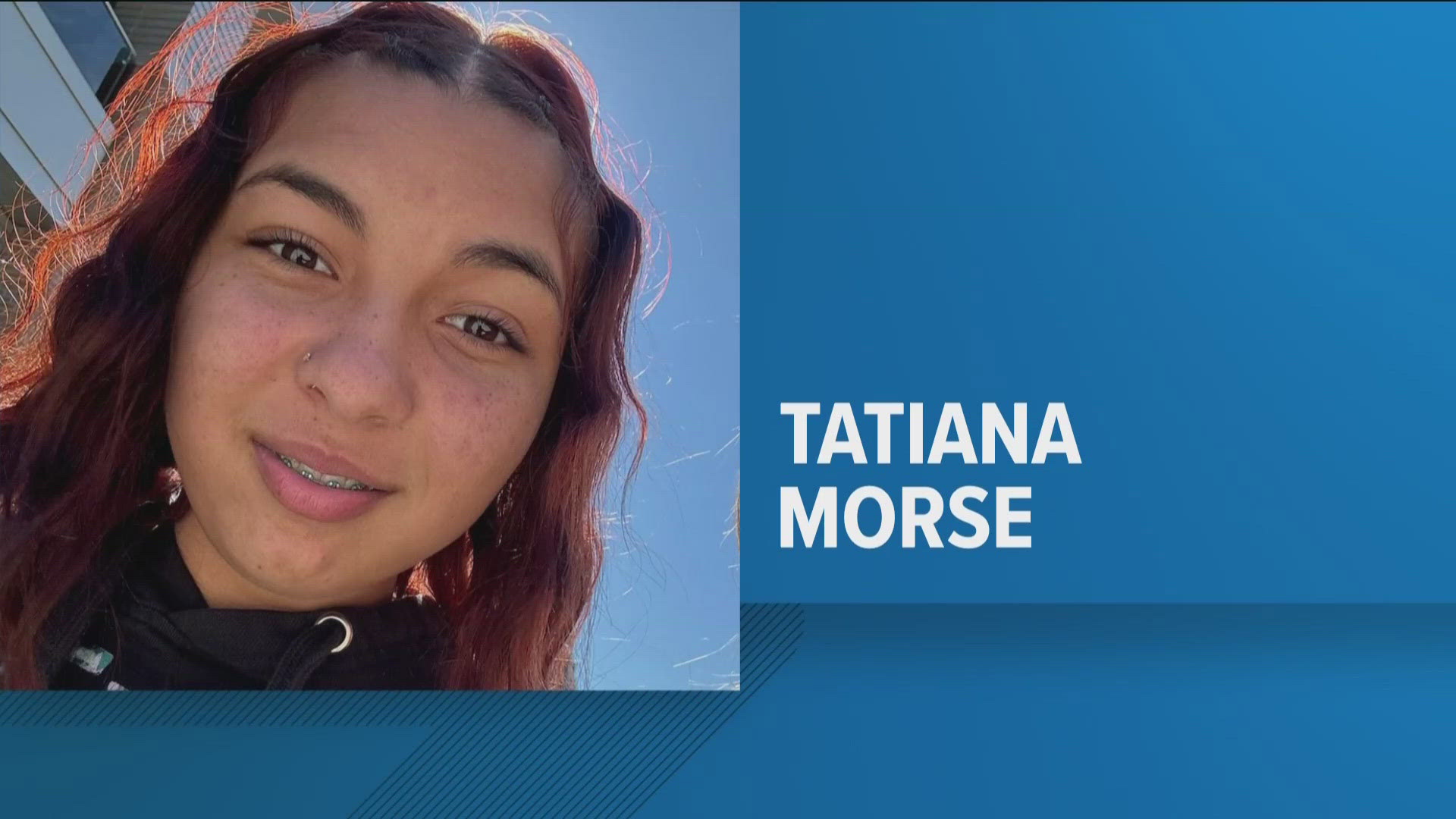STANISLAUS COUNTY, Calif. — Stanislaus County's Public Health Officer is calling out two key numbers, 669 and 204.
Dr. Julie Vaishampayan, public health officer for the county, said 669 is the number of school-aged children who have contracted coronavirus in the county and 204 is the number of kids who contracted it in the past nine days. They're important figures to note as some in the county seek a return to in-person classes.
However, the county is saying that schools should not return in person for the month of August. Vaishampayan said those in-person classes and activities are a painful loss to communities, but there is concern about the spread of coronavirus in schools.
Dr. David Christensen, the Chief Physician Executive for Valley Children's Hospital, said one of the major myths surrounding the virus is that it does not affect children.
“We can look at data throughout the county and see kids being admitted in pretty much all the states for COVID-19," Christensen told ABC10. "Myth number two is that kids can’t spread COVID-19, and that just goes against logic in my opinion.”
Vaishampayan noted that, while kids younger than 10 seem to get infected less than adults, there isn't a cut off point where children start to see increased infection rates.
"Imagine how many exposures would have occurred in our schools if they were currently open," Vaishampayan wrote. "How many children would have been sent home for a 14-day quarantine? How many school staff?"
In her message, she also shared concern for high school students, who she said were more likely to become infected than elementary school students. She added that kids can still spread the virus, even if some don't spread it as much as adults.
"School aged children don’t interact only with other children," Vaishampayan wrote. "They interact with many adult staff at school. They go home where adults of all ages live and spread COVID-19. These adults are at increased risk for severe disease."
Christensen said a study out of South Korea examined nearly 6,000 children with coronavirus and found that children up to age nine transmitted the virus 5.3% of the time and children between 10 and 19 transmitted the virus 18.6% of the time. It's one of the reasons why he said the hospital doesn't recommend kids going back to school until the curve can be flattened.
Vaishampayan said it'll take a group effort to get kids back in the classroom safely. While there's no quick fix, she recommends physical distancing, covering noses and mouths at all times in public, and washing hands.
"It’s what we must do to lower our community transmission enough to get our children back in school. To open businesses again. To feel life coming back to normal just a little more," Vaishampayan wrote.
WATCH ALSO:



